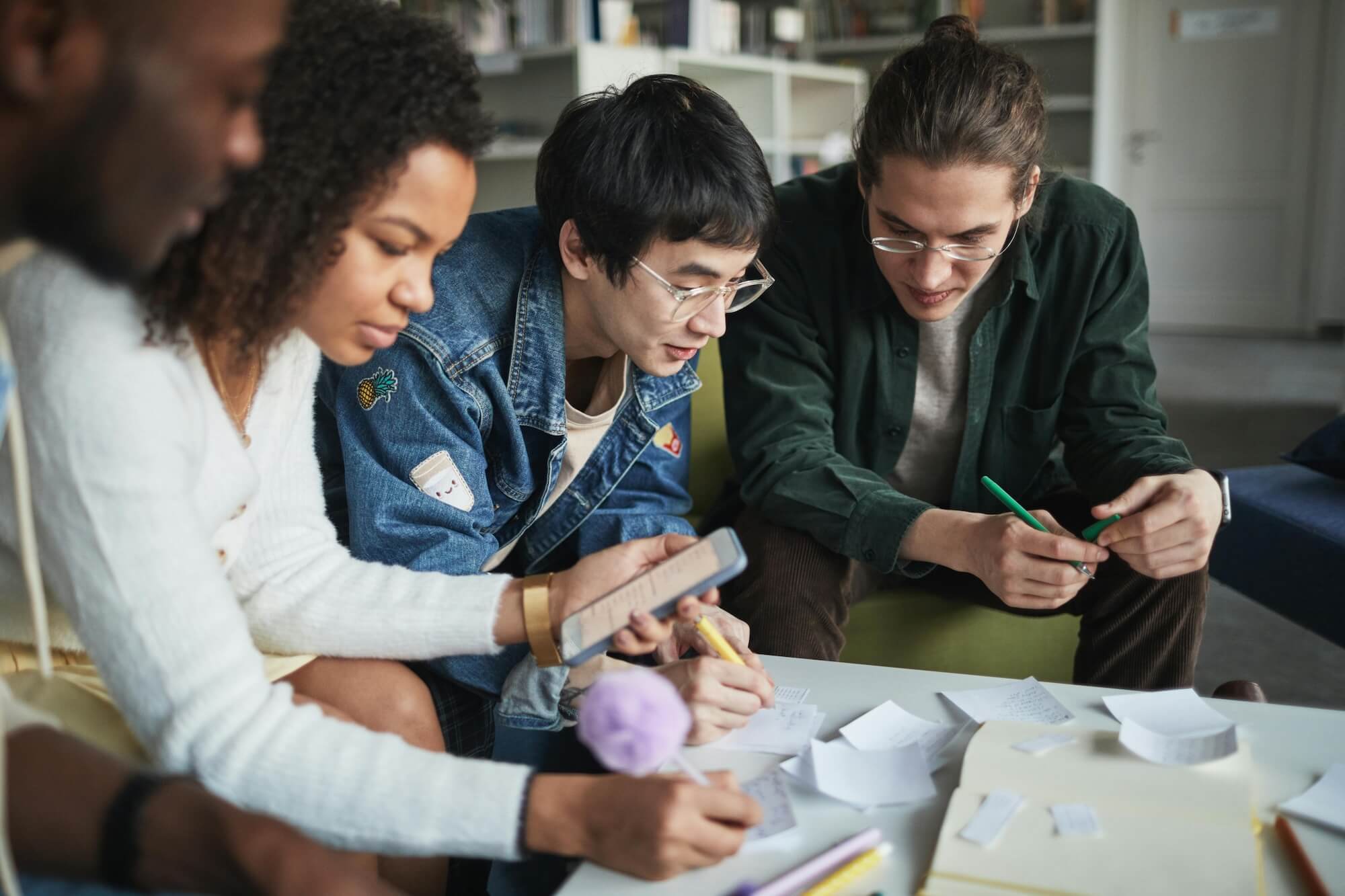Nature of Science Ice-Breaker

At a Glance
Discipline
- Physics
Instructional Level
- College & CEGEP
Course
- Mechanics
Tasks in Workflow
Social Plane(s)
- Whole Class
Type of Tasks
- Discussing
- Debating
Technical Details
Class size
- Small (20-49)
Time
- Single class period (< 90 mins)
Inclusivity & Accessibility
- Variety of action & expression
Instructional Purpose
- Preparation & knowledge activation
Overview
This ice-breaker is designed for first-semester CEGEP students, aiming to alleviate the typical apprehension and discomfort associated with transitioning to a new academic environment. The goal is to create a welcoming and inclusive atmosphere in the first class.
- Teacher introduction: The session commences with the teacher’s introduction and a recognition of the learning space, setting a positive and open tone for the course.
- Ice-breaker prompts: Students participate in four ‘zero-stakes’ prompts that encourage them to move around, interact, and share opinions in a non-verbal manner. This phase’s design emphasizes risk-free active participation over passivity, thereby fostering engagement among all students.
- Forming groups: As students become more comfortable, the core activity begins. The classroom is set up with several areas designated for group discussions. With groups of approximately four students and their specific locations displayed, students need to form their initial groups. Although the initial grouping may require some time, the process becomes more efficient as the activity progresses and student confidence increases.
- Prompting discussion: The class is then given a statement about the nature of science along with a social prompt. The teacher starts a 2-3 minute timer for each discussion. Groups are told to discuss the nature of science statement in the group, and find a consensus within the group by agreeing or disagreeing with the statement, facilitating the groups to think critically about scientific concepts.
- Facilitating discussions: Following each discussion round, groups share their consensus on the prompts. As the activity progresses and prompts delve into more complex or controversial topics, different groups in the class might not reach the same conclusion. The teacher should share and explain their opinion, adding depth to the learning experience.
- Group dynamics: After 2 or 3 rounds of discussion, groups are reshuffled, giving students the opportunity to interact with more of their peers. While it’s not feasible for everyone to meet each other, this approach ensures substantial peer interaction.
- Time management: The duration of this activity can be adjusted by varying the frequency of reshuffling groups and the number of discussion prompts. In an 80-minute class, I have spent 5 minutes on the introduction and 40 minutes for the activity, with the remaining time reserved for pre-instruction baseline tests or assessments such as the FCI.
This type of activity can serve as a foundation for future lab sessions that delve into the scientific method and lab practices in more detail.
Instructional Objectives
Students will be able to:
- Engage with peers through structured interactions, ensuring they meet and converse with several classmates.
- Critically analyze and discuss predetermined statements about the nature of science, identifying and clarifying common misconceptions.
Workflow & Materials

Activity Workflow
Applied Strategies
Related Activities
Published: 19/04/2024
Copyright: © 2025 Park. This is an open-access article distributed under the terms of the Creative Commons Attribution License (CC BY). The use, distribution or reproduction in other forums is permitted, provided the original author(s) and the copyright owner(s) are credited and that the original publication on this website is cited, in accordance with accepted academic practice. No use, distribution or reproduction is permitted which does not comply with these terms.



